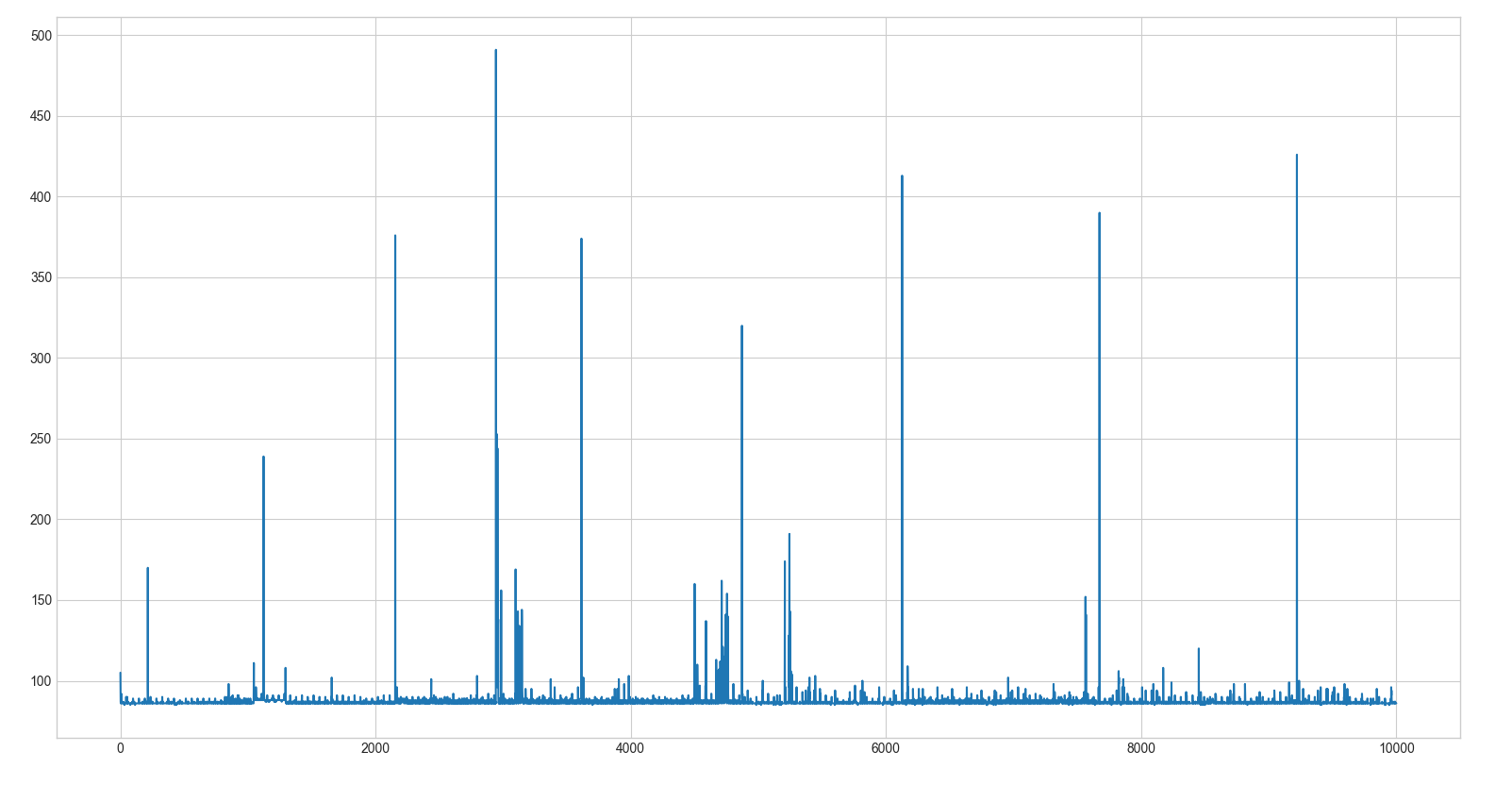I did some tests around performance of selection from ets tables and noted weird behaviour. For example we have a simple ets table (without any specific options) which stores key/value - a random string and a number:
:ets.new(:table, [:named_table])
for _i <- 1..2000 do
:ets.insert(:table, {:crypto.strong_rand_bytes(10)
|> Base.url_encode64
|> binary_part(0, 10), 100})
end
and one entry with known key:
:ets.insert(:table, {"test_string", 200})
Now there is simple stupid benchmark function which tries to select test_string from the ets table multiple times and to measure time of each selection:
test_fn = fn() ->
Enum.map(Enum.to_list(1..10_000), fn(x) ->
:timer.tc(fn() ->
:ets.select(:table, [{{:'$1', :'$2'},
[{:'==', :'$1', "test_string"}],
[:'$_']}])
end)
end) |> Enum.unzip
end
Now If I take a look at maximum time with Enum.max(timings) it will return a value which is approximately 10x times greater than almost of all other selections. So, for example:
iex(1)> {timings, _result} = test_fn.()
....
....
....
iex(2)> Enum.max(timings)
896
iex(3)> Enum.sum(timings) / length(timings)
96.8845
We may see here that maximum value is almost 10x times greater than average value.
What's happening here? Is it somehow related to GC, time for memory allocation or something like this? Do you have any ideas why selection from an ets table may give such slowdowns sometimes or how to profile this.
UPD.

